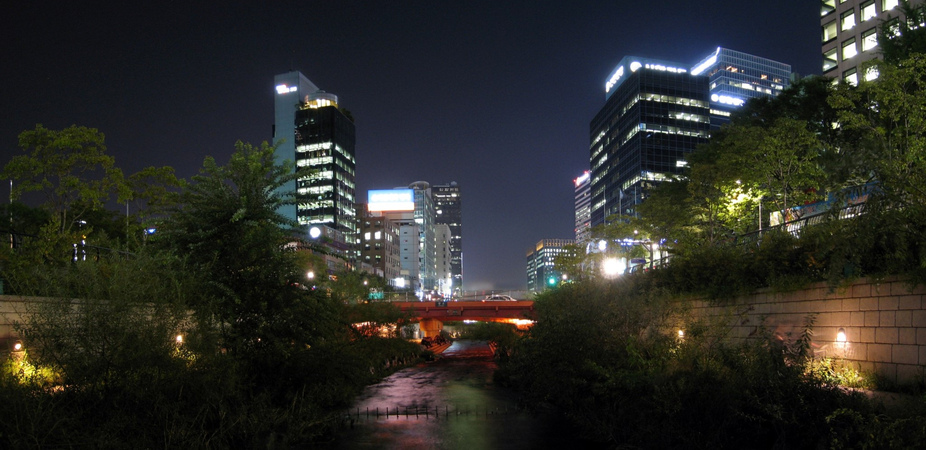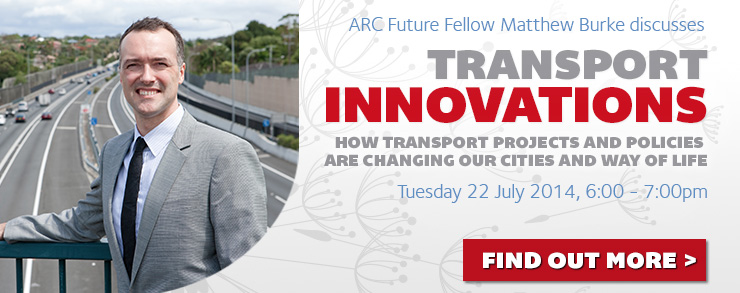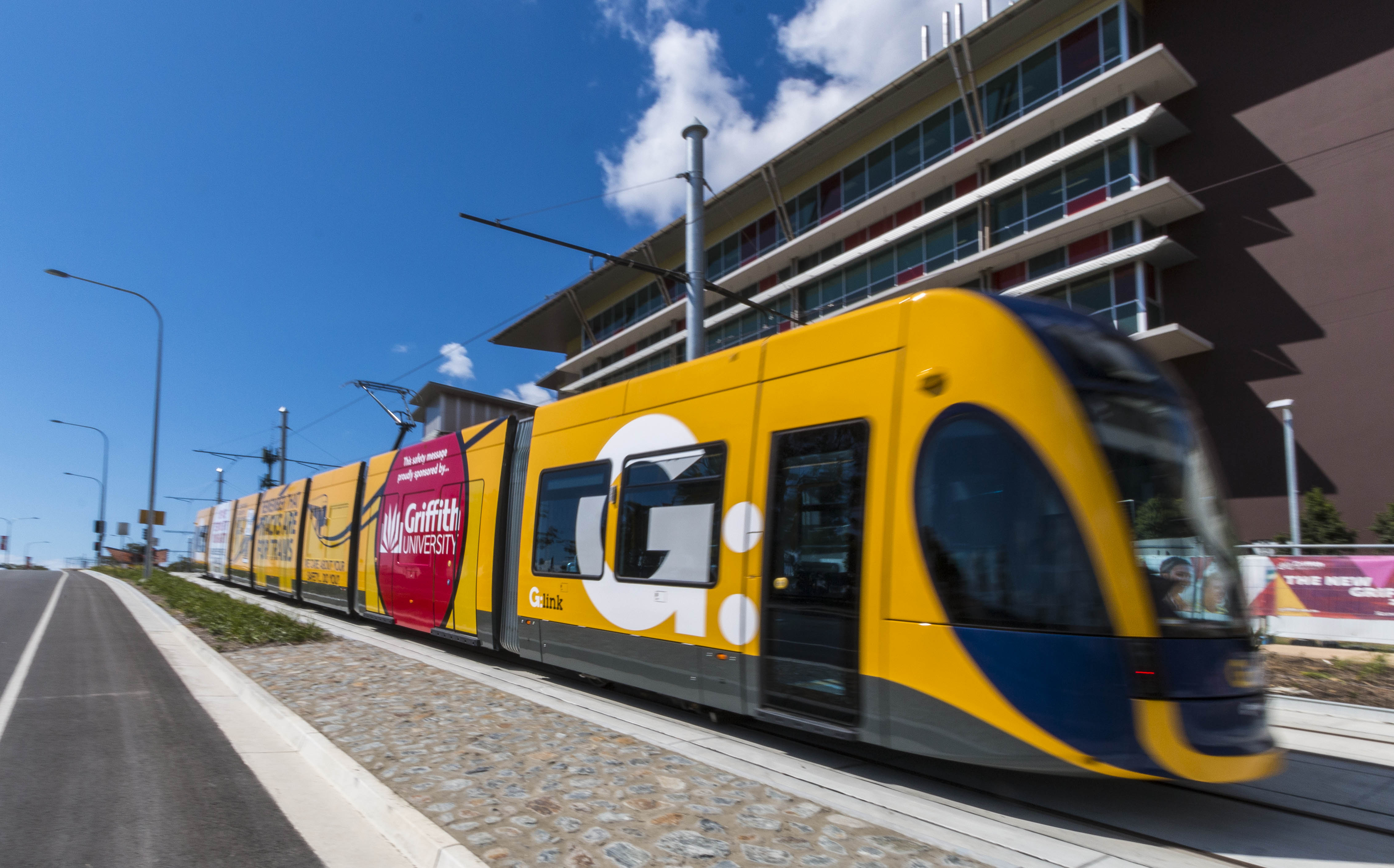Your local park is likely playing a vital role in your city’s health, and probably your own too. Parks and other “green spaces” help keep cities cool, and as places of recreation, can help with health issues such as obesity. Even looking at greenery can make you feel better.
But in increasingly crowded cities, it can be difficult to find room for parks. Fortunately, there are other green spaces, or potential green spaces that can provide the same benefits.
In recent research, we found that these spaces are more common than we thought. And innovative green spaces overseas show how we might use them.
Cities are getting crowded
In the next thirty years, almost three quarters of the global population will live in cities. Underpinning this glib statistic is an astounding wave of migration driven by changing livelihoods, global economic changes and environmental change, which is unprecedentedin human history.
This presents a number of challenges for urban planning — more housing, schools and hospitals, better infrastructure such as transportation, water, sanitation and electricity.
Parks in this competition for space are often an afterthought. This can lead to some big problems, especially in higher-density cities. Such problems include urban heat (from concrete, bitumen and glass), storm water run-off, and fewer parks to play and relax. Fewer parks can in turn lead to health impacts such as obesity, anxiety and depression.
Worse still, in some cities parks and other green-spaces are regarded as a luxury, not a necessity. In a climate of fiscal austerity, some city managers and elected officials are making decisions that will potentially harm the quality of life of urban residents, now and into the future.
Some local governments regard under-utilised parks as surplus assets, which might be sold to bolster strained coffers.
Other cities, like Melbourne, have sacrificed some park spaces for new road and tunnel projects. But the short-term financial gain from selling parks or converting them to other purposes could very well lead to long term pain.
Making real urban jungles
Around the world, city planners and design professionals have begun to respond to the problem of park shortages by finding innovative solutions to add more green-spaces to cities. These include green roofs, green walls and pocket-parks.
Some unconventional solutions are emerging too. Parking lots, former industrial sites (brown fields) and even abandoned infrastructure like old railway lines are being converted into new green spaces.
Some cities like Seoul in Korea for instance, have torn down freeways to make room for new green spaces for people, plants and animals, with big financial and social dividends. The Seoul Metropolitan Government has seen billion-dollar returns from its Cheonggyecheon stream restoration project, and has realised other benefits too such as cooler temperatures, increased use of public transport, adaptive re-use of buildings, increased tourism, and a return of plants and animals to the “concrete jungle”.

The parklets of San Francisco are reinvigorating urban spaces, improving street life and encouraging more people into active lifestyles.
And in Hangzhou, China, the removal of old factories and conversion of grey space into linear parks, as well as park-making on “wasteland”, has opened up spaces for recreation and relaxation to millions of residents.
More parks aren’t always the solution
But making new parks can be expensive, especially in the urban core. Park-making projects can also increase the value of surrounding properties. If these projects are undertaken in poorer neighbourhoods, they can harm marginalised and vulnerable residents, by forcing them out of their homes as rents and property values rise and wealthier residents move in (gentrification).
With our colleagues, we have noted that planners must take steps to prevent this from occurring, such as rent control or park-making on a more “informal” scale, making neighbourhoods “just green enough”.
If we can’t get city officials to buy land for more parks, then maybe we can convert grey spaces — roads, rooftops and storm-water drains — into functional, yet affordable, green-spaces that people can use for active and passive recreation.
In New York for example, the High Line Trail along a disused railway line has become a major attraction, and breathed life back to a blighted space.

In Mexico, an oil pipeline easement has been converted into a beautiful and functional park — La Línea Verde — in socially vulnerable neighbourhoods. There would appear to be similar opportunities in other cities.
Under-utilised and abandoned spaces such as railway corridors, vacant lots, street verges or even power line easements could make excellent parks.
How much green space?
Until recently, it has been hard for city planners to know how many of these spaces exist, what they are designated for, and whether people can easily access them.
Recent research on “informal green-space” that we have published in PLoS One seeks to answer this question.
We have designed a rapid assessment technique to identify how much “left-over” land exists in cities, which could be used for green-space.

We also found that over 80% are at least partly accessible for people to use them. Have a look around on your next walk — maybe a verge or vacant lot near you is just the place for a community garden?![]()
By Jason Byrne, Senior Lecturer Environmental Planning, Griffith University![]() & Christoph Rupprecht, PhD Candidate, Griffith University
& Christoph Rupprecht, PhD Candidate, Griffith University
Jason Byrne is a member of the Australian Conservation Foundation and the Better Parks Alliance. He does not receive funding from these organisations, but he is an active advocate for parks and green-space. Christoph Rupprecht received funding from the Japan Society for the Promotion of Science and Griffith University.
This article was originally published on The Conversation.
Read the original article. ![]()




